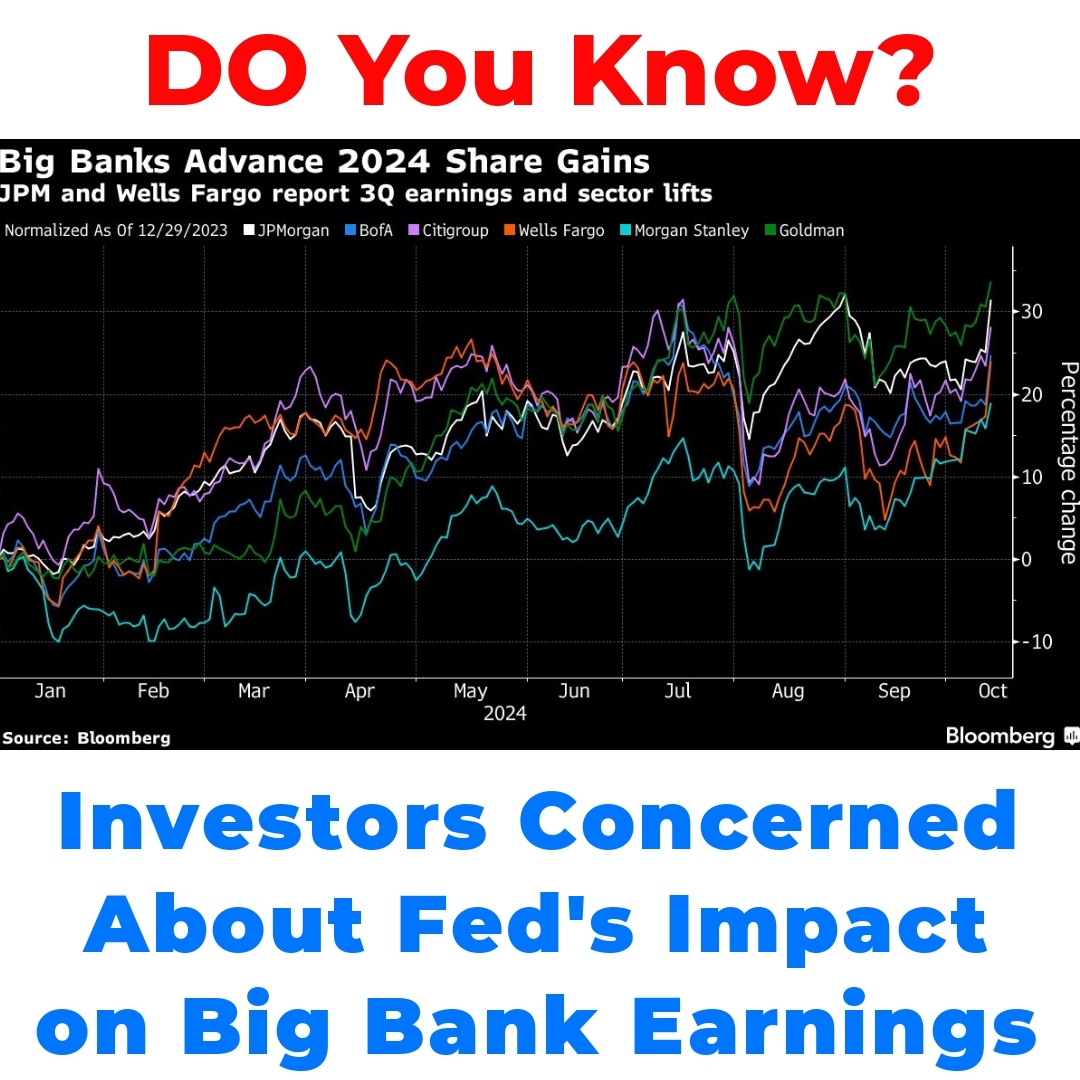The concept of a Federal Reserve soft landing involves the central bank’s strategies to slow down inflation while maintaining economic growth. Investors express concerns about its potential impact on the US economy and big US banks, especially regarding how these policies may affect earnings in the financial sector.


The Federal Reserve’s soft landing approach aims to stabilize the economy while tackling inflation. This concept is essential as investors closely monitor its implications for the US economy and big US banks, especially concerning how these strategies can affect earnings within the financial sector.
Understanding the Federal Reserve’s Soft Landing
A Federal Reserve soft landing is fundamentally about finding the right balance between reducing inflation and promoting economic growth. The main objective here is to prevent a recession while allowing the economy to cool down. As we look at current economic policies, there are ongoing discussions regarding possible interest rate adjustments, driven by inflation data and employment figures.
The connection between these policies and financial stability is key. Market predictions for upcoming quarters suggest that if the Federal Reserve succeeds in achieving this soft landing, we may expect a more stable environment for investors and businesses alike. However, if the strategies fall short, we could see more volatility across the board.
The Impact on the US Economy
When we analyze the US economy, we notice various indicators pointing toward its overall performance in light of the Federal Reserve’s efforts. Economic growth appears to show some resilience, with factors like GDP growth and unemployment rates reflecting stability.
However, it’s also crucial to keep an eye on consumer confidence and spending habits. These elements play a significant role in shaping the economy’s direction. If consumers feel optimistic, their spending can contribute positively to economic growth. But should their confidence wane, it could signal potential challenges ahead.
Earnings Impact on Big US Banks
As we delve into the earnings impact on big US banks, it becomes evident that the Federal Reserve’s strategies will have significant ramifications. Historically, big banks have shown varied performance during periods of economic manipulation. For instance, following previous rate adjustments, banks generally saw fluctuations in earnings based on the interest rate landscape.
Currently, with interest rates remaining relatively low, predictions on future bank earnings hinge largely on these ongoing Federal Reserve policies. A well-executed soft landing can lead to steady earnings growth for big US banks, but any missteps could lead to diminished profits and even a downturn in stock prices.
Investors’ Concerns and Strategies
Investors are understandably concerned about the implications of a US economy soft landing. The uncertainty surrounding these policies has led many to reevaluate their investment strategies, particularly in relation to banking stocks. Some investors see an opportunity to invest in big banks at a potentially lower price point, while others remain cautious, fearing prolonged economic challenges.
It’s interesting to note the contrasting opinions among investors. Some believe that the stability of the big US banks will make them a smart choice in uncertain times, while others argue that the risks involved are too high. This divergence in views creates a complex environment for making informed investment decisions.
Long-Term Implications of Federal Reserve Policies
Analyzing the long-term effects of Federal Reserve policies on the financial sector reveals potential outcomes for both big US banks and market sentiment. The stability these policies aim to provide can lead to a more robust financial system and foster greater investor confidence.
However, shifts in interest rates are always a factor that could transform the investment landscape. If rates were to rise significantly, it could pose challenges for banks and their earnings. Overall, monitoring how these Federal Reserve policy effects play out will be crucial for investors and the financial sector alike.
In conclusion, the impact of the Federal Reserve on big US bank earnings and the overall market stability cannot be understated. Achieving a soft landing is indeed a delicate balance that policymakers must navigate to foster financial growth without destabilizing the economy. For investors, staying informed about these economic policies and adjusting strategies accordingly is vital for navigating this ever-evolving landscape.
What is the Federal Reserve’s soft landing approach?
The Federal Reserve’s soft landing approach aims to balance reducing inflation while promoting economic growth. It focuses on stabilizing the economy without triggering a recession, ensuring that the economy can cool down gradually.
How does a soft landing affect the US economy?
A soft landing can lead to a more stable environment for investors and businesses. Positive indicators like GDP growth and low unemployment rates suggest resilience in the economy, while consumer confidence and spending habits play crucial roles as well.
What impact does the Federal Reserve have on big US banks?
The strategies employed by the Federal Reserve significantly affect the earnings of big US banks. Generally, stable interest rates can lead to consistent earnings growth, while rate fluctuations could create volatility in profit levels.
What are investors’ concerns regarding the soft landing?
Investors are worried about the uncertain outcomes of the soft landing approach, which may influence their investment strategies. While some view big banks as potential opportunities at lower prices, others are cautious about prolonged economic difficulties.
What might be the long-term effects of the Federal Reserve’s policies?
In the long run, Federal Reserve policies may lead to a more robust financial system and greater investor confidence. However, significant shifts in interest rates could impact banks’ earnings and alter the investment landscape.






